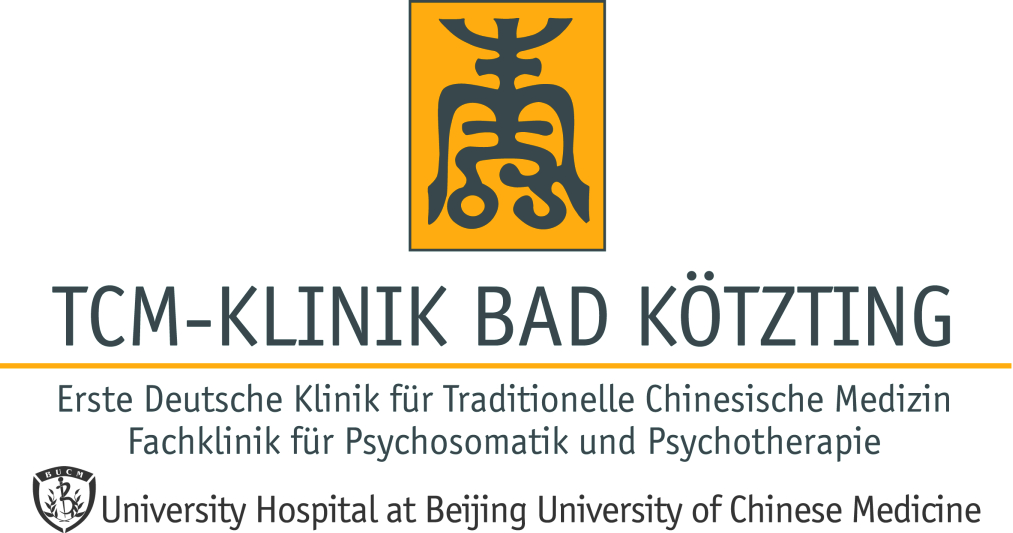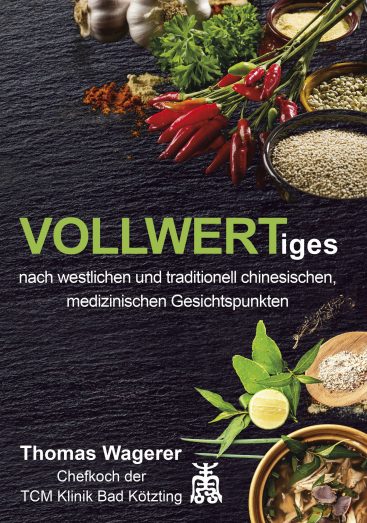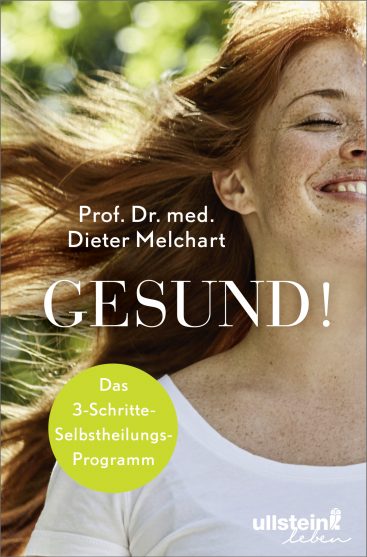
Therapy methods
We look at people from a holistic perspective and combine the centuries-old healing methods of traditional Chinese medicine with our modern western medical concepts
In accordance with the extensive and holistic diagnostics based on western psychosomatic and traditional Chinese aspects, we develop an individual and targeted care concept for each of our patients.

„Health is much more, than not being sick!“
In addition to therapy, prevention and health education are equally central pillars of this multi-dimensional concept. Our patients are involved right from the start and their personal responsibility is strengthened.
In the specially developed TCM health portal, patients receive information and videos on the various therapy methods and the possibilities for self-help. The health portal is therefore an important tool in the therapy offered by the clinic and should continue to be used after the inpatient stay.
From psychosomatic to somato-psychic
As part of our conceptual orientation as a specialist clinic for psychosomatics and psychotherapy, we treat patients with chronic basic physical diseases, whereby the complaints can be expressed both physically and psychologically.
On the following pages you will find out which clinical pictures (indications) are treated and which cannot be treated (contraindications). In addition, we briefly present our therapy offerings such as psychotherapy, Chinese drug therapy, acupuncture and moxibustion, Tuina, Qigong, nutritional advice and dietetics as well as physiotherapy.
Click on the respective therapy to learn more about it:
Psychotherapy
„Body, mind and soul form a unity“
Our organism has different ways of expressing itself. Depending on which “language” the symptoms speak, it is necessary to include the respective level of expression.
Our psychotherapy is individually tailored to the patient and can contain behavioral therapy, depth psychology, hypnotherapy and creative therapy as well as body-oriented elements in the form of regular group offers and one-on-one discussions as required. The specifics of TCM, as regulative medicine with its effects on the vegetative nervous system in particular, are always taken into account.
In line with our focus that physical illnesses have already affected the psyche or that the psyche is one of the causes, the effects of acupuncture as a body-stimulating procedure and the other Chinese therapies are integrated as well as a changed lifestyle, starting with nutrition, exercise and relaxation.
Our offer is supplemented by indication-related pain therapy and psychoeducative lectures, also with a focus on TCM.
Chinese drug therapy
Chinese drug therapy is the oldest and most important therapy in traditional Chinese medicine.
Vegetable substances are mainly used, as well as minerals and, in rare cases, animal components.
They are usually administered to the patient in the form of decoctions. A decoction consists of a concentrated decoction of approx. 10 to 12 substances in water (amount of individual substance approx. 10 to 15 g; amount of decoction per day 150-200 ml).
In addition to decoctions, drops, creams or partial baths are also used.
The substances used are exclusively Chinese medicinal drugs, which are checked before use and examined for harmful-free substances.
The decoctions (or other forms of administration) are adapted to the changed physical situation in accordance with Chinese diagnostics and the progress of therapy during the visits.
The Chinese medicines used are formulated by the applying doctors, the treatment competence being from experienced professors and doctors at the TCM-University in Peking, and by Chinese medicinal herb specialists who have completed university training in China as pharmacists.
Acupuncture and moxibustion
Acupuncture is also a thousand year old healing method that is best known of all Chinese healing methods in the west.
With fine acupuncture needles, points that, according to Chinese ideas, lie on so-called meridians – energy channels that run through the entire body in different layers in a network-like manner – are pierced in a differentiated manner and combination in order to positively influence disease states.
In moxibustion, a special form of acupuncture therapy, healing success can be achieved by burning pressed herbs that are attached to acupuncture needles or by simply bringing the embers closer to defined acupuncture points.
Acupuncture / moxa therapy also includes micro veins, cupping applications and, in recent decades, acupuncture with electrostimulation of the inserted needles and laser acupuncture. We treat people who cannot tolerate needle pricking for various reasons with modern laser acupuncture.
In addition, special forms of acupuncture that work via so-called microsystems, such as Ear acupuncture, cranial acupuncture or mouth acupuncture according to Dr. Gleditsch apply.
Several acupuncture doctors work in the TCM-Klinik Bad Kötzting.
Acupressure is an additional alternative to acupuncture. Our patients learn the effects of various acupuncture points, which enables them to treat themselves even after they have stayed in the clinic.
Tuina-therapy
Just like the acupuncturists, the Tuina doctors orientate themselves on the previously mentioned “energy pathways” and thus have the opportunity to influence functional disorders inside the body via various areas.
Tuina therapy (tui = “push”, na = “pull”) is a special and differentiated manual therapy and contains elements of connective tissue massage, reflexology, acupressure, periosteal massage, chirotherapy and osteopathy.
At the beginning of this therapy, a differentiated diagnosis is carried out with an assessment of the available X-rays. In individual cases, the patients are instructed to independently perform certain exercises to improve the muscular brace and retaining apparatus support system.
Tuina therapy is used by doctors with five to seven years of training in traditional Chinese medicine with a special orthopedic focus. These doctors are also active in the orthopedic sector in China.
Several Tuina doctors work in the TCM-Klinik Bad Kötzting.
Qigong
Qigong means “to get used to life energy”. “Qi” is the term for life energy and “Gong” means “work” or “success through endurance and practice”. Since Qi is a dynamic principle, the most important tasks in Qigong are to allow the Qi to flow freely, to excrete used Qi and to absorb fresh Qi. The exercises can be carried out in soft, flowing movements, standing, moving, sitting or lying down.
Active qigong (qi = life energy / gong = practice) is a form of concentrative-meditative breathing and movement therapy, which is used primarily in the sense of disease prevention and has a certain similarity in terms of its effect to western relaxation techniques (autogenic training, progressive muscle relaxation).
Patients are encouraged to perform predetermined exercise exercises twice a day, concentrating on breathing and at the same time visualizing images from nature. This is done with the intention of harmonizing the body’s functions and achieving deep relaxation. The exercises are also shown daily on the in-house video system.
Depending on the indication, resting qigong, a meditative form of qigong, is also practiced at regular intervals. This treatment includes an even stronger introspective component to achieve a deep internal harmonization of the body’s regulatory processes.
Passive Qigong is a medical treatment by a Qigong doctor in the sense of an “energetic massage”, which is exercised along the energy pathways by weaker or stronger stimulation stimuli using finger pressure.
A Chinese Qigong doctor and other German Qigong group therapists work in our clinic.
Nutritional advice and dietetics
„Food is your medicine“
Weekly lectures by both the dietician and the chef introduce the principles and practice of a balanced diet to the patient. The aim is to have a lasting positive influence on the nutritional behavior of our patients through high-quality information and personal experiences during the stay in the clinic.
The special thing about Chinese medicine is a very differentiated nutritional therapy with specific disease-related nutritional suggestions. We advise our patients in one-on-one discussions about which foods are helpful in their particular case and which foods they should avoid.
Since the purely Chinese nutritional therapy is very individual and the Far Eastern culture and way of life is very different from the European one, we can only implement it in everyday clinical practice in a modified manner. Of course, we offer special light food (e.g. diabetes food, vegetarian diet, etc.).
With regard to wholesome nutrition, we would also like to draw your attention to the cookbook “ FULLY ENJOY according to western and traditional Chinese, medical aspects “, which was published by our Chef cook Thomas Wagerer. This book makes it easier to get started with whole foods and helps you to change your eating habits – towards a wholesome, natural, tasty and varied cuisine.
Physical therapy
In terms of a multimodal therapy setting, patients are cared for by qualified internal and / or external physiotherapists in addition to the care with the specific Chinese therapy procedures.
In addition to the classic physiotherapy offers, such as physiotherapy, manual therapy or lymphatic drainage, we also treat our patients with Matrix-Rhythm-Therapy® according to Dr. Randoll.
This therapy method was developed at the University of Erlangen in over 20 years of research. The findings are that many forms of chronic diseases are usually accompanied by a shift in regular body rhythm, especially in the extracellular matrix (tissue between the cells of the skeletal muscles). The tissue “sticks” and the vibrating rhythms of the cells stall.
With the help of matrix rhythm therapy, muscles and tissues are vibrated from the outside. Deep inside, the simulated tremor acts like a motor that makes the extracellular fluid flow again and supports the cell-supplying rhythms. The natural processes of self-regulation and healing are stimulated.


